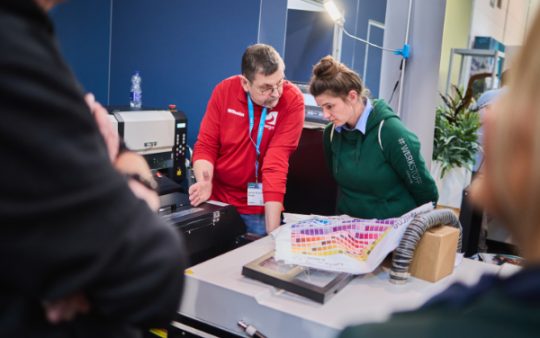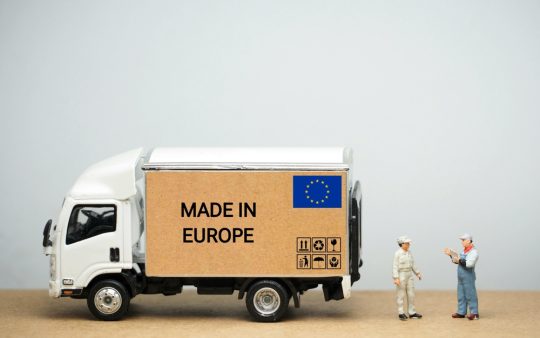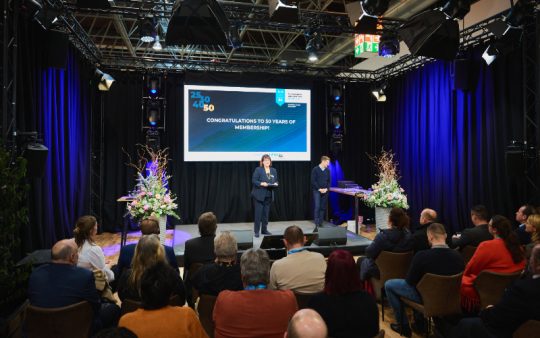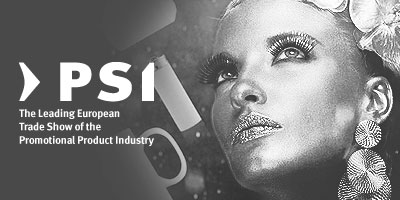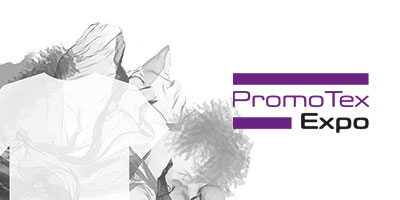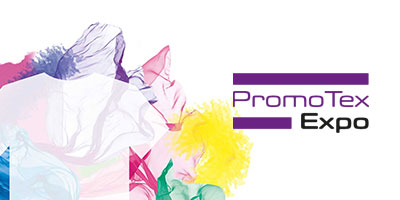Textile consumption tends towards sustainability

Published on 10.03.2020
More and more people attach importance to sustainability also in terms of apparel – not only in manufacturing but also in disposal and re-use. The start-up Stuffstr tackles this issue: with its own App it collects used clothing and accessories from consumers – for the second-hand market or re-use.
But what distinguishes Stuffstr from other second-hand companies? This start-up primarily relies on data and information. In cooperation with fashion labels Stuffstr collects data on the value of used garments that can be up to five years old. The App then shows consumers fast and conveniently how much Stuffstr would pay to buy back the used articles.
Be it tuxedos, shirts or socks: Stuffstr takes it all. The company picks up all the worn garments in question and has them – depending on the condition of the merchandise – either recycled or sold on the second-hand market.
Fashion producers, in turn, are informed by Stuffstr about how the merchandise is re-used and can use this information in a meaningful way: for their product development or for pricing when buying back used articles. The surveyed data also provide insights on how the original price and the pay-back value influence shoppers’ future buying decisions.
John Atcheson, co-founder and CEO of Stuffstr, sees his company in the lead since it offers consumers unparalleled transparency. They can trace exactly what happens with their used garments – i.e. who buys them back – and at which price – or whether they are recycled. On the manufacturers’ part Stuffstr helps to make the industry more sustainable.
This is an innovative approach that might become a precedent: many consumers have already realised by now that sustainability and transparency are also indispensable to purchasing apparel and therefore change their consumption behaviour.
In Germany momox is a prominent player on the second-hand garment market. Entering the market buying used books and later CDs and DVDs, the company is now one of the biggest buyers of second-hand clothing in the country.

The business model is similar to that of Stuffstr – however, the merchandise is sent to momox direct by parcel. There the garments are sorted and resold via the company’s own retail platform ubup or on ebay.
Bilder: momox


